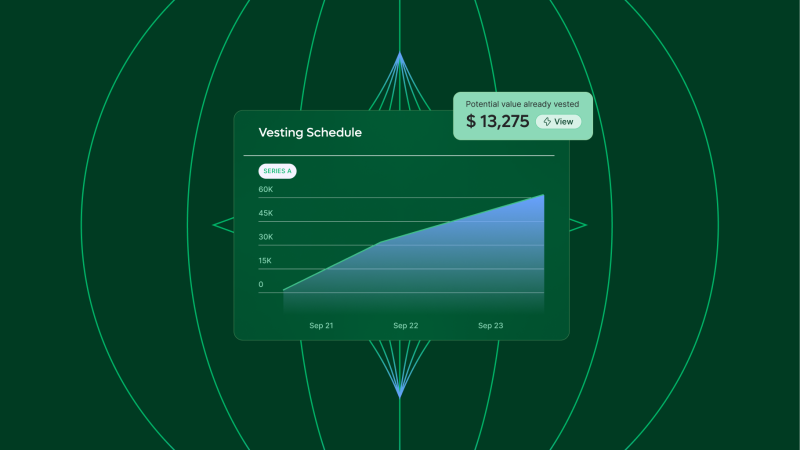Definition
Types
Who is eligible
How to enroll
What is secondary insurance?
Employees may be covered by more than one health insurance plan. Secondary insurance refers to additional insurance coverage that supplements a primary insurance policy. Any healthcare coverage additional to the primary health insurance plan will be designated as the secondary insurance plan.
Health claims are submitted to the primary policy first. When a claim is made, the secondary insurer can coordinate with the primary insurer to calculate how much of a benefit each plan will pay. This is called coordination of benefits and helps prevent duplicate payments of claims. Coordination of benefits can also help the employee by figuring out which insurance plan has better coverage.
Secondary insurance can serve several purposes. It can be used for additional coverage when primary insurance does not provide full coverage. It can also be used for payment of vision, dental, accident, and life insurance claims that the primary health insurance does not cover.
Types of secondary insurance coverage
Secondary insurance can be carried in the following forms:
Disability insurance. Disability insurance can come from social security benefits or can be purchased privately. If the employee qualifies, it covers some portion of the loss of income due to a disability for a certain amount of time. Qualification standards are less strict with private disability insurers compared to the government, which requires that applicants cannot work in any capacity.
Accident insurance, also known as accident health insurance. In the event of an accident, an employee may be covered medically by their primary health insurance plan but may also receive a lump sum benefit from additional accident insurance for damages not covered by their primary health insurance.
Accidental death and dismemberment (AD&D). This policy pays benefits if the employee is dismembered (loses an arm, leg, sight, or hearing, or becomes paralyzed) or dies from an accident. This insurance does not cover natural death.
Dental insurance. In many countries, primary health insurance plans do not typically include dental insurance. Dental insurance can cover a portion of the cost of preventive and diagnostic care, fillings, crowns, root canals, and oral surgery, such as tooth extractions, major restorative services like crowns, bridges, or implants, and possibly orthodontic work.
Vision insurance. Vision care and corrective eyewear costs may not be covered in a primary health insurance plan. Vision insurance can include eyeglasses, contact lenses, eye exams, and possibly LASIK eye surgery.
Life insurance. Even if an employee receives a life insurance plan as part of their benefits package, they may obtain additional coverage with a secondary life insurance policy.
Long-term care insurance. This type of insurance covers the home-based or residential long-term care of employees or their family members when, on their own, they can no longer meet their health or personal care needs.
Medigap: In the US, this insurance covers Medicare deductibles, co-payments, and out-of-pocket costs.
Hospital indemnity insurance: This insurance pays a benefit as a fixed cost for each day the insured is hospitalized. The insurance can cover childcare or transportation costs as well.
Who qualifies for secondary health insurance?
In addition to employees at your company, secondary insurance can also cover the following groups:
Married adults or domestic partners
Employees may have a primary insurance plan separate from that of their spouse or domestic partner. An employee may add their partner or spouse as a dependent. That way, the employee will have primary insurance — their own insurance policy — as well as a secondary insurance plan through their spouse or partner.
Children or insured parents
Children with parents who both have health insurance can be enrolled in their parents’ health insurance plans. The typical way to figure out which parent’s health insurance plan would be the primary plan is by birthday. The parent whose birthday comes first in the year has the primary health insurance. The other parent’s insurance plan is designated as the secondary insurance plan.
Certain age groups
In some countries, certain age groups may be covered by their parents' policy. For example, in the US, adults under the age of 26 who have primary insurance but are also still covered by their parent’s insurance under the Affordable Care Act (ACA) are included. The individual may be covered by a health insurance plan from their workplace or school, which would be considered their primary insurance plan. The health insurance of their parents would then be the secondary insurance plan.
How to enroll employees in secondary insurance
Your HR department can help in employee enrollment in insurance plans (for both primary and secondary insurance). To get started:
Let employees know you can help
Offer one-on-one meetings with navigators to guide employees through their plans
Communicate when deadlines for enrollment are coming up.
Provide comparative charts and explanatory materials for all options
Coordinate benefits fairs where employees can meet with insurance carriers
Support employees with their claims
Keep up-to-date with insurance changes, updates, and renewals
Planning to offer secondary insurance?
Understand how your secondary insurance coordinates with your primary coverage. This avoids duplication of benefits and ensures a more efficient claim process.
Identify the specific areas of coverage offered by your secondary insurance, such as deductibles, co-payments, or services not covered by the primary plan.
Familiarize yourself with the claim filing procedures for your insurance, ensuring timely submission of claims and adherence to any specific requirements.
Clearly communicate the role and benefits of secondary insurance to employees, promoting transparency and helping them make informed decisions about their coverage.
Trending terms
WFH stipend
Transform spaces, elevate workplaces
Boomerang Employee
Old legends, new triumphs
Fringe Benefits
Upgrading the daily grind
Absence management
Balancing work and well-being
Disregarded entity
Simplified structure, full control
Inputed income
Quietly counted compensation
Nepotism
Competence, not cousins
Upward mobility
Scaling heights, sans vertigo


